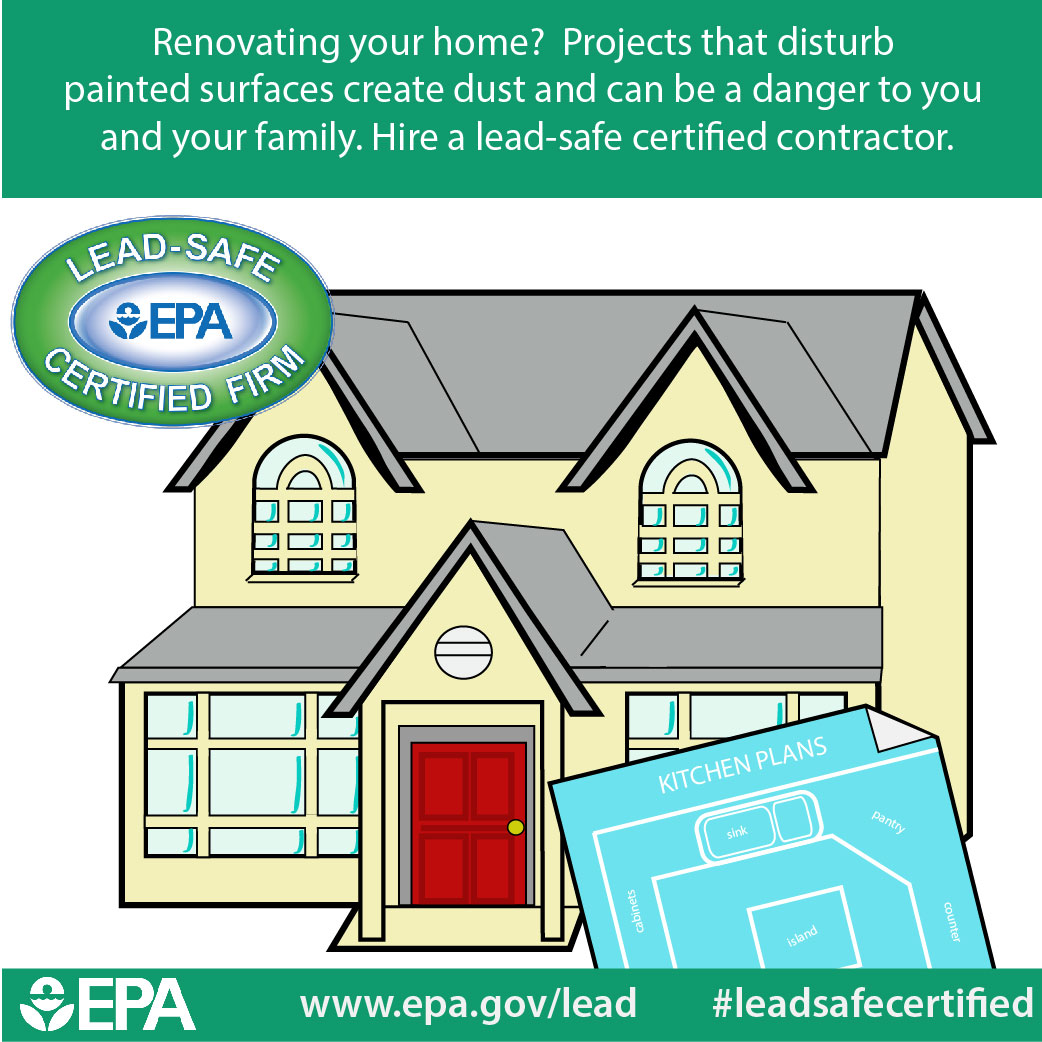Seasonal Factors To Consider For Business Outside Painting: What You Required To Know
Seasonal Factors To Consider For Business Outside Painting: What You Required To Know
Blog Article
Created By- best painter near me
When you're preparing an industrial exterior paint task, seasonal factors can make or break your results. You'll wish to think about how temperature level and humidity effect paint application and drying times. Picking the right period can guarantee your paint sticks correctly and lasts much longer. But which seasons are really the very best for this kind of job? Allow's explore the crucial elements that can affect your project's success.
The Effect of Temperature Level on Paint Application
When you're preparing an industrial outside paint task, the temperature can substantially affect how well the paint sticks and dries.
Preferably, you want to repaint when temperature levels range between 50 ° F and 85 ° F. If it's too cold, the paint might not heal properly, causing issues like peeling or splitting.
On the flip side, if it's too warm, the paint can dry as well swiftly, preventing proper attachment and leading to an unequal coating.
ceiling painted same as walls should additionally consider the moment of day; early morning or late afternoon offers cooler temperatures, which can be much more desirable.
Constantly inspect the producer's recommendations for the details paint you're utilizing, as they often supply advice on the ideal temperature variety for ideal outcomes.
Humidity and Its Result on Drying Times
Temperature level isn't the only environmental variable that affects your industrial exterior painting job; humidity plays a substantial role also. High moisture degrees can slow down drying times considerably, affecting the general quality of your paint task.
When the air is saturated with moisture, the paint takes longer to cure, which can bring about concerns like bad attachment and a greater danger of mildew development. If you're repainting on an especially humid day, be planned for extensive wait times between layers.
It's vital to keep track of regional climate condition and strategy as necessary. Preferably, aim for moisture degrees in between 40% and 70% for ideal drying out.
Keeping these factors in mind ensures your project remains on track and delivers an enduring finish.
Best Seasons for Commercial Outside Painting Projects
What's the best time of year for your industrial outside paint projects?
Springtime and very early autumn are typically your best bets. During these periods, temperatures are moderate, and humidity degrees are usually lower, producing suitable conditions for paint application and drying out.
Stay clear of summer's intense heat, which can cause paint to dry as well swiftly, leading to inadequate adhesion and coating. Similarly, winter's chilly temperature levels can prevent proper drying and curing, risking the longevity of your paint work.
Go for days with temperatures in between 50 ° F and 85 ° F for optimum results. Related Web Page in mind to examine the neighborhood weather report for rainfall, as damp problems can destroy your project.
Planning around these elements ensures your painting task runs smoothly and lasts much longer.
Conclusion
Finally, planning your commercial exterior painting projects around seasonal factors to consider can make a significant difference in the result. By scheduling job during the optimal temperatures and humidity levels, you'll make sure better attachment and drying times. Keep in mind to watch on local weather forecasts and pick the right time of year-- spring and very early fall are your best choices. Taking these actions will assist you accomplish a durable and expert coating that lasts.
